Comparison of Different Precursors for Tungsten Nanopowder Production—Tungsten, Tungsten Trioxide, Ammonium Paratungstate
- Details
- Category: Tungsten Information
- Published on Wednesday, 18 November 2020 01:01
- Written by yuntao
- Hits: 1751
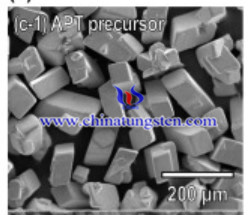
Tungsten nanopowder has been widely applied in industrial catalysis, hard materials, thermionic cathodes, and high-power batteries due to its highly oxophilic characteristics. tungsten is the hardest metal in the world, which makes it resistant to acids, alkalis, and oxygen.
Effect Of Yttrium Barrier on Precursor (Y-Doped Ammonium Paratungstate) of WC-Co Cemented Carbide
- Details
- Category: Tungsten Information
- Published on Wednesday, 18 November 2020 00:49
- Written by yuntao
- Hits: 1830
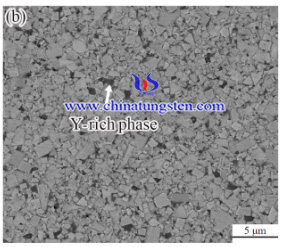
WC-Co cemented carbide has widely used in machining, drilling, automotive, military, and aerospace owing to its excellent mechanical performances. Most research on cemented tungsten carbides with a cobalt binder (WC-Co cemented carbides) has focused on improving their strength, fracture toughness, and hardness.
Chemical Vapor Synthesis (CVS) of Tungsten Nanopowder in Thermal Plasma Reactor Using Ammonium Partungstate
- Details
- Category: Tungsten Information
- Published on Friday, 13 November 2020 02:29
- Written by yuntao
- Hits: 1848
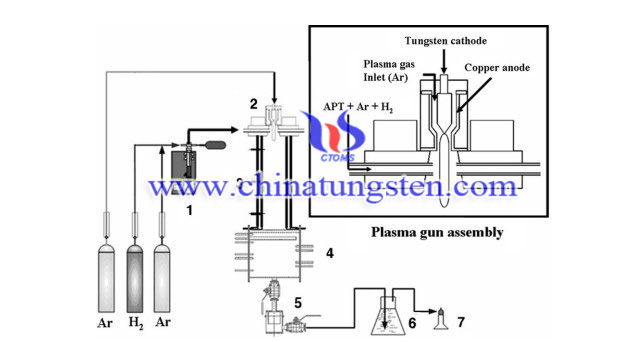
The main sources of tungsten are the high-grade concentrates of wolframite and scheelite ores. Tungsten metal powder is produced from these minerals typically through the intermediate product of ammonium paratungstate (APT). In a subsequent process, tungsten oxides are obtained from APT by calcination in an oxygen bearing atmosphere between 560 °C and 850 °C. Tungsten metal powder is then produced by reducing the oxides with H2. However, it is difficult to produce nanosized tungsten powder with conventional evaporation and condensation methods, due to the high temperature that is needed for evaporation. Nanosized tungsten powder can be produced by various methods such as the electrodeposition, sputtering, ball milling, and complicated chemical methods. But these methods involve multi-steps and have difficulty in establishing commercial application.
Production Of Nanostructured Tungsten-Lanthanum Oxide Composites Using Ammonium Paratungstate
- Details
- Category: Tungsten Information
- Published on Friday, 13 November 2020 02:33
- Written by yuntao
- Hits: 2146
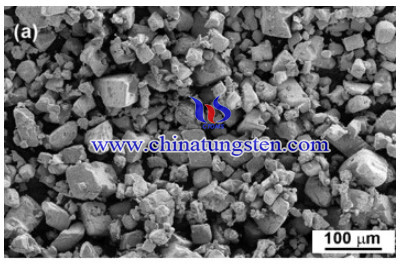
Tungsten is an important and prominent metal among the refractory metals due to an excellent combination of outstanding high temperature properties and high melting point (highest of all metals). Its high strength and corrosion resistance at elevated temperatures, good thermal conductivity and low thermal expansion makes it possible to use tungsten in high temperature applications. On the other hand, owing to its high hardness and wear resistance, high modulus of elasticity and compression strength, tungsten is an important constituent as an alloying element in tool steel, superalloys, stellites and hard metal industry.
A Large-Scale Production of Tungsten Trioxide Nanoparticles Using Ammonium Paratungstate
- Details
- Category: Tungsten Information
- Published on Friday, 13 November 2020 02:10
- Written by yuntao
- Hits: 1765
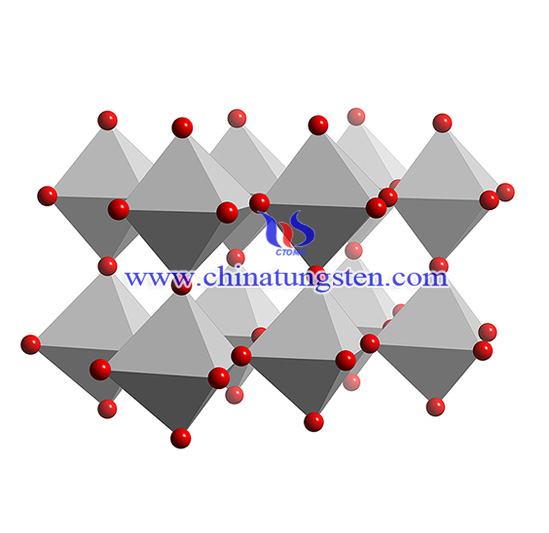
Tungsten trioxide (WO3) powder has been applied in production of light filaments and tungsten carbide. As more of its characteristics have been discovered, WO3 powder has expanded its applications in devices such as electrochromic display, semiconductor gas sensors and photocatalysts due to its outstanding electrochromic, gaschromic, thermochromic and optochromic properties. A WO3 powder with nanostructure is considered to possess enhanced properties mentioned above, owing to their large surface area and unique physical properties.
Read more: A Large-Scale Production of Tungsten Trioxide Nanoparticles Using Ammonium Paratungstate
More Articles...
- Ammonium Paratungstate as Doping Source to Produce VO2 Controllable Phase Transition Powder
- Ammonium Paratungstate Applied in Nanostructured Molybdenum Carbide and Tungsten Carbide
- Tungsten Heater and Bottle Lid
- Solubility of Ammonium Paratungstate in Aqueous Ammonia after Low Temperature Calcination





 sales@chinatungsten.com
sales@chinatungsten.com